Forex Trading Strategies for Trend Reversals: Approaches for Spotting Potential Market Trend Shifts
In the world of forex trading, identifying trend reversals is a crucial skill for traders seeking to profit from market fluctuations. This article delves into effective strategies for recognizing potential trend shifts, offering insights into the indicators, patterns, and analytical methods that can aid traders in making informed decisions. From understanding the significance of trend reversals to exploring various technical tools, this comprehensive guide equips traders with the knowledge they need to navigate volatile markets and capitalize on trend changes.
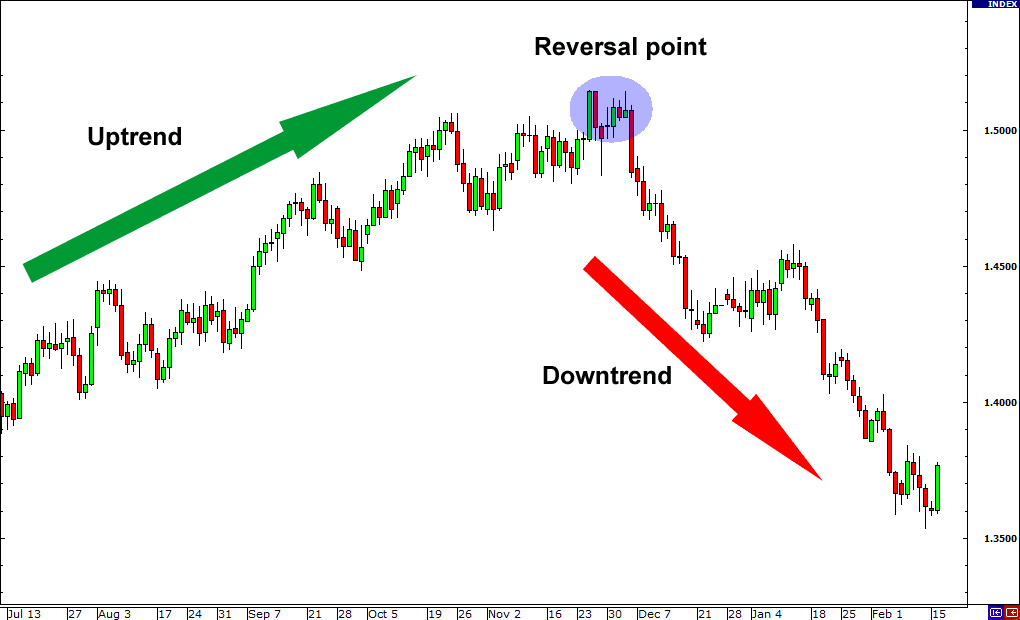
Table of Contents:
- Introduction
- Understanding Trend Reversal
- The Significance of Trend Reversals in Forex Trading
- Technical Indicators for Identifying Trend Reversals
- Chart Patterns that Signal Trend Reversals
- Analytical Methods for Confirming Trend Reversals
- Developing a Trend Reversal Trading Strategy
- Key Support and Resistance Levels
- Risk Management and Strategy Implementation
- Psychology of Trading Trend Reversals
- FAQs on Forex Trend Reversal Trading
- Footnote
Introduction:
Successful forex trading involves identifying trends and making informed decisions based on market movements. Recognizing trend reversals is paramount for traders who want to seize opportunities during changing market conditions. In this article, we explore the significance of trend reversals, delve into essential technical indicators and chart patterns, discuss analytical methods for confirmation, outline the development of a trading strategy, and stress the importance of risk management.
Understanding Trend Reversals:
Trends in forex markets are characterized by prolonged movements in one direction. Trend reversals occur when the market sentiment changes, leading to a shift in price direction. These reversals can be temporary or long-lasting, providing traders with opportunities to capitalize on price fluctuations.
The Significance of Trend Reversals in Forex Trading:
Trends define market movements, and spotting trend reversals can provide traders with lucrative entry and exit points. Trend reversals mark shifts from bullish to bearish or vice versa, indicating potential market direction changes. These reversals can yield substantial profits if identified correctly.
Technical Indicators for Identifying Trend Reversals:
Technical indicators help traders gauge market momentum and potential trend shifts. The following indicators are particularly useful:
- Moving Averages: These lines smooth out price data, providing a clearer view of the underlying trend. Crossovers between short-term and long-term moving averages often signal potential reversals.
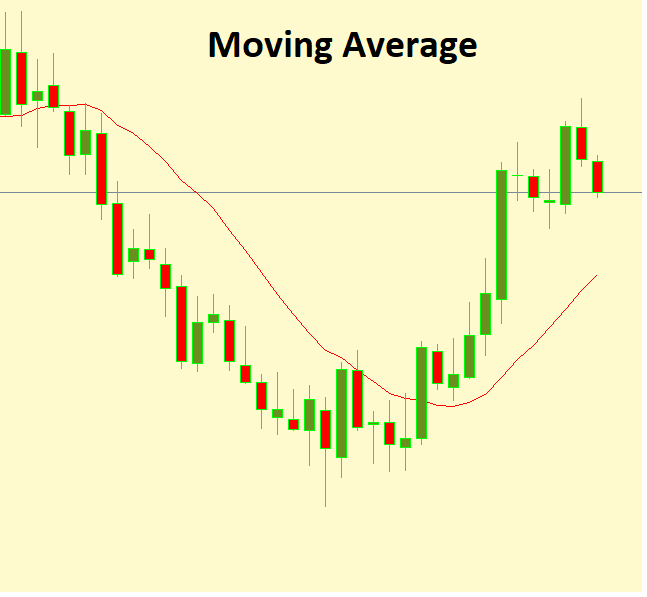
- Relative Strength Index (RSI): RSI measures the speed and change of price movements. An overbought or oversold RSI reading can indicate an impending reversal.
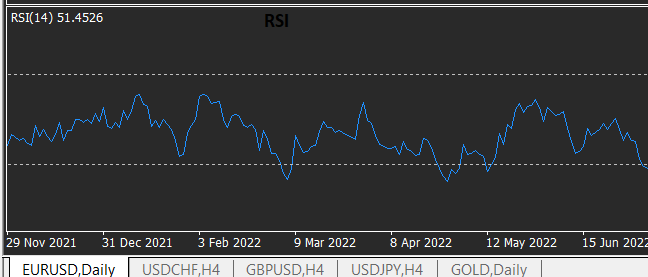
- MACD (Moving Average Convergence Divergence): MACD is a trend-following momentum indicator. Divergence between the MACD line and the price chart can suggest a reversal.
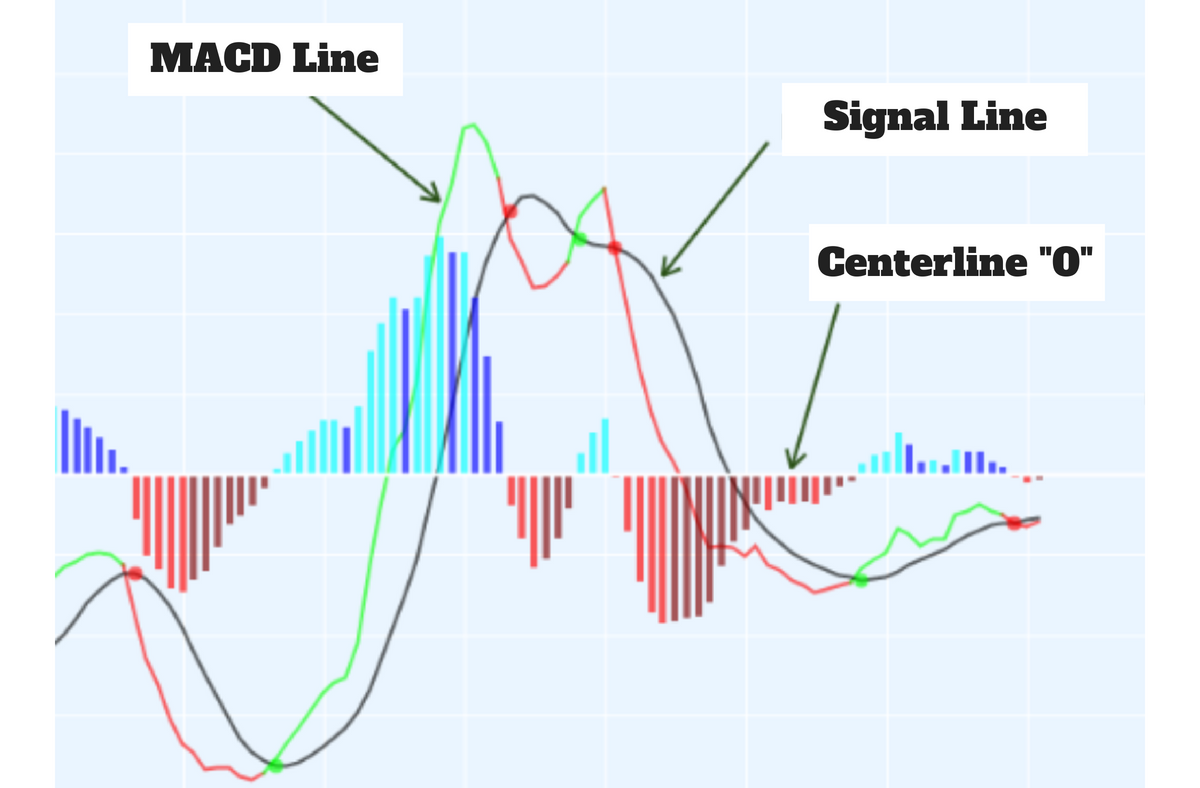
Chart Patterns that Signal Trend Reversals:
Chart patterns offer visual cues for potential trend reversals. Notable patterns include:
- Head and Shoulders: This pattern indicates a reversal from bullish to bearish or vice versa. It consists of three peaks: a higher peak (head) between two lower peaks (shoulders).
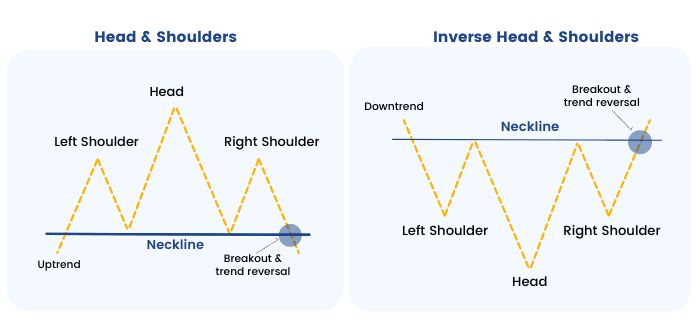
- Double/Triple Tops and Bottoms: These patterns highlight potential reversal points. Double tops/bottoms involve two price peaks or troughs, while triple tops/bottoms feature three.
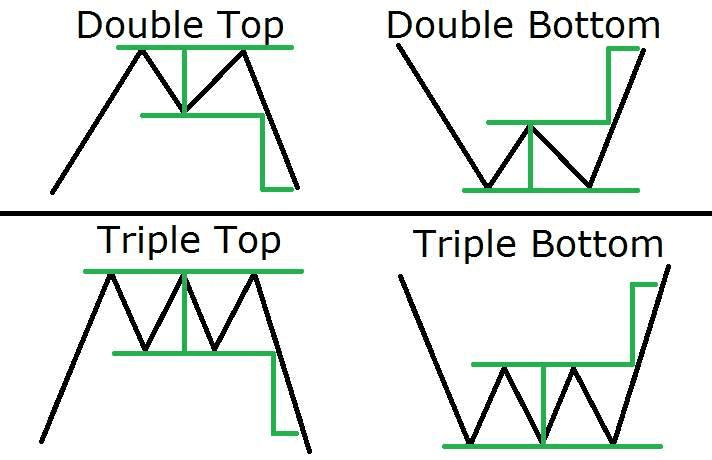
- Reversal Candlestick Patterns: Patterns like the "Hammer," "Shooting Star," and "Doji" can suggest trend reversals based on the psychology of market participants.
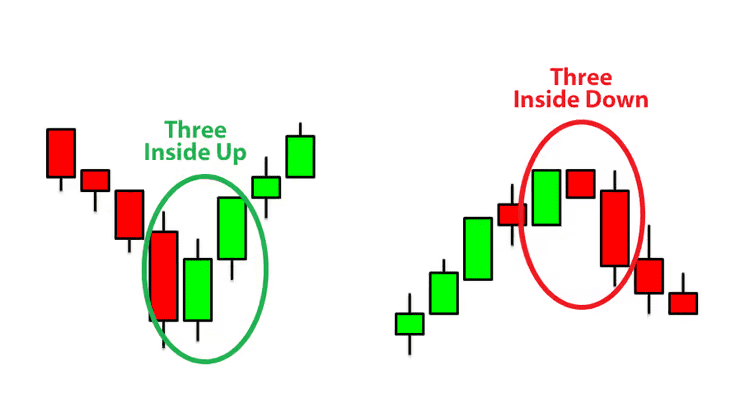
Analytical Methods for Confirming Trend Reversals:
To validate potential trend reversals, traders often use:
- Fibonacci Retracement and Extension Levels: These levels help identify potential support and resistance areas during reversals.
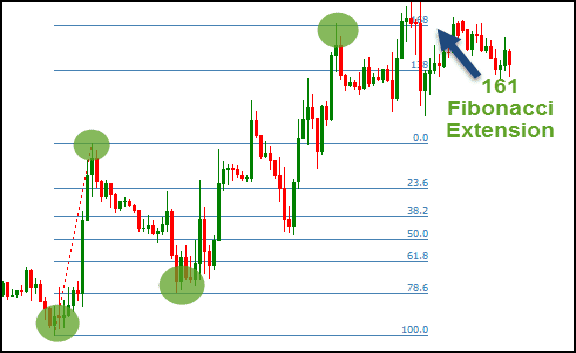
- Support and Resistance Zones: Previous support turning into resistance or vice versa can indicate a reversal. These levels are drawn from historical price action.
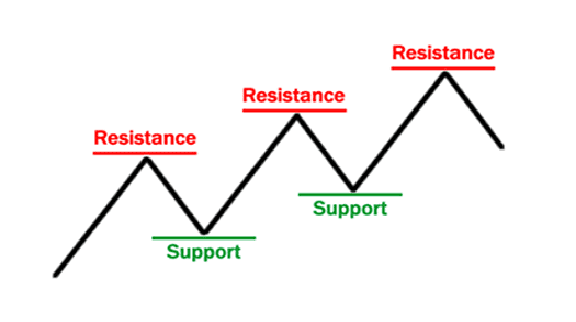
Developing a Trend Reversal Trading Strategy:
Crafting a solid trading strategy involves combining indicators, patterns, and analytical methods. A strategy should define entry and exit criteria, risk-reward ratios, and position sizing. Back-testing and demo trading can refine the strategy before deploying it in real markets.
Key Support and Resistance Levels:
Support and resistance levels are areas on a price chart where the price has historically shown a tendency to stop or reverse. Recognizing these levels can provide traders with valuable insights into potential trend reversals.
Risk Management and Strategy Implementation:
Risk management is essential to protect capital. Traders should only risk a small portion of their capital per trade, use stop-loss orders to limit losses, and diversify their portfolio. Following the trading strategy consistently, without emotional interference, is also crucial.
Psychology of Trading Trend Reversals:
Understanding the psychological aspects of trading trend reversals is vital. Traders should remain disciplined, avoid impulsive decisions, and be prepared for both success and failure.
FAQs on Forex Trend Reversal Trading:
Q1: Can trend reversals be predicted with absolute certainty?
A: While indicators and patterns enhance the likelihood of spotting reversals, no method guarantees absolute accuracy due to market unpredictability.
Q2: Is trend reversal trading suitable for all traders?
A: Trend reversal trading requires experience and understanding of technical analysis. Novice traders should first grasp basic trading concepts.
Q3: How do I choose the right timeframe for trend reversal analysis?
A: The timeframe should align with your trading goals. Short-term traders may prefer shorter timeframes, while long-term traders might analyze longer ones.
Q4: Are trend reversals more challenging to trade than following established trends?
A: While trend reversals come with their own set of challenges, they also offer unique opportunities for profit. With the right strategies and analysis, traders can effectively navigate these shifts.
Q5: Can fundamental factors alone predict trend reversals?
A: While fundamental factors are powerful predictors, combining them with technical indicators and chart patterns can enhance the accuracy of identifying potential trend reversals.
Q6: How can I determine the validity of a chart pattern in predicting a trend reversal?
A: Validating chart patterns involves considering factors such as volume, confirmation from other indicators, and the context of the broader market trend.
Q7: What role does trader psychology play in trading trend reversals?
A: Trader psychology significantly impacts decision-making during trend reversals. Emotional discipline, patience, and adaptability are key qualities to develop.
Footnote:
Recognizing potential trend reversals is a valuable skill in forex trading, allowing traders to profit from market shifts. By mastering technical indicators, chart patterns, and analytical methods, traders can enhance their ability to identify reversal signals. Crafting a well-defined trading strategy and prioritizing risk management further increase the chances of successful trend reversal trading. Remember, consistent practice, learning, and adaptability are key to navigating the dynamic world of forex markets.











Discussion